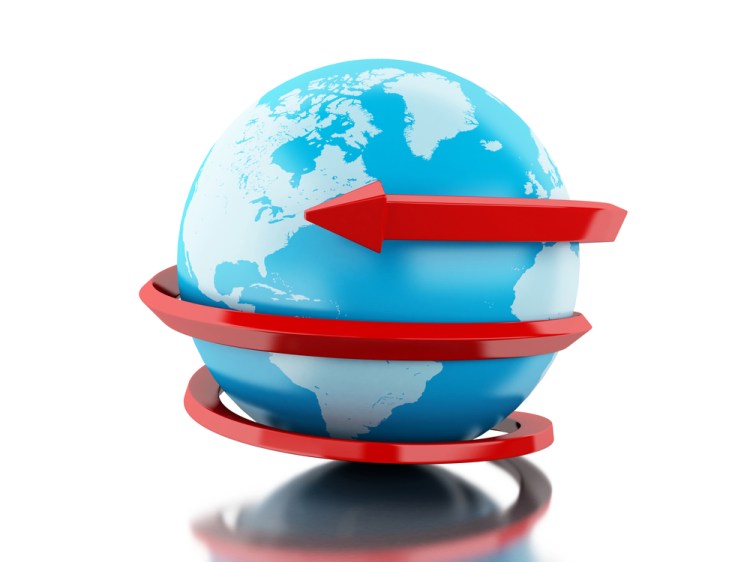Having app success in the U.S. doesn’t mean you’ve got it made globally. In the fifth installment of this six-part series, our experts tell you what you need to know to augment your app’s chances for success on a worldwide basis.
Just because your hot, new app is making a bundle at home doesn’t mean it will be an instant hit overseas. The wonderful ingredients responsible for luring in domestic players may leave a sour taste in the mouths of international ones. No matter how all-inclusive you try to make your app, there will always be some elements that end up lost in translation.
That doesn’t mean you should leave money on the table by foregoing an international release. Quite the contrary, it means you need to start prioritizing translations and localizations for your apps, if you wish to see them perform strong on the mobile charts. As the study conducted by AdColony showed, 80 percent of the top app marketers are using localized creative content in their user-acquisition campaigns when they push into foreign markets.
The results speak for themselves: Localized global campaigns boosted install rates for apps in Russian by 48 percent, Japanese by 44 percent, Korean by 41 percent, Spanish 37 by percent, Germany by 16 percent, and French by 3 percent. The increased installation rates provided by AdColony demonstrate the importance of overcoming the language barrier, in order to win over different audiences to your app.
Of course, localization doesn’t end with marketing. Altering assets may be necessary to accommodate the political views of the selected region. Risqué artwork is an obvious offender, but subtle changes, such as new color palettes or dialects, could make the difference on how well others perceive your app. There’s a lot to think about when translating your app for a different market — the efforts are not only worthwhile, but they’re cost-effective as well.
In Part 5 of this six-part Masterclass series, you’ll learn how to effectively localize your app for the targeted audience and significantly boost its appeal — before and after release. By attending this latest webinar, you’ll understand the differences for such terms as translation, localization, and transcreation. We’ll also show you how you can use assets — including keywords and screenshots — to make your product more attractive and pertinent to consumers. Heading our app session is Hugh McCallion, Commercial Director at Adapt Worldwide, a multilingual digital-marketing agency that helps app developers and companies optimize app store presence for global markets.
Don’t miss out!
In this half-hour masterclass, you’ll:
- Understand key differences between translation, localization, and transcreation
- Learn how to prioritize localization efforts and earn user loyalty using a proven mix of tools and techniques
- Get a grasp of the many new and surprising ways you can make key app assets, including keywords, screenshots, and video voice-overs, “culturally-aware” and relevant to your target audience
Speakers:
- Hugh McCallion, Commercial Director, Adapt Worldwide
- Peggy Anne Salz, VentureBeat analyst
Moderator:
- Rachael Brownell, VentureBeat

